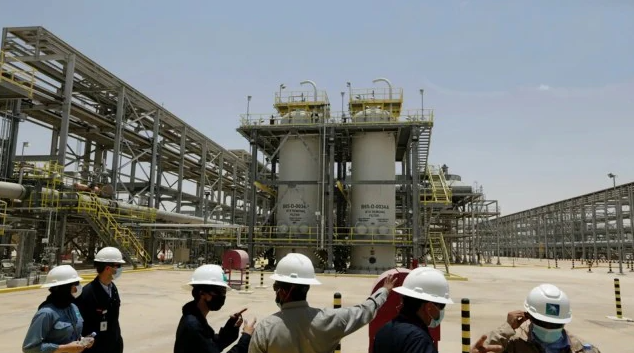The Ministry of New and Renewable Energy (MNRE) has exempted export-oriented green hydrogen projects from its Approved List of Models and Manufacturers (ALMM), which includes domestic solar PV module manufacturers. This exemption, granted in May, aims to reduce costs associated with green hydrogen production, making it more competitive compared to grey hydrogen.

MNRE Secretary Bhupinder S Bhalla announced that this decision allows green hydrogen projects in Special Economic Zones (SEZs) or Export Oriented Units (EOUs) to use imported solar modules, which are cheaper than domestic ones. This move is intended to lower production costs for green hydrogen, a crucial factor given that setting up renewable energy capacity like solar power is essential for operating electrolysers.
Bhalla emphasized that reducing the cost of green hydrogen is crucial for expanding its demand, both domestically and globally. “Lowering the cost of green hydrogen is key to increasing its adoption and export potential,” he said during a press briefing ahead of the International Conference on Green Hydrogen 2024.
Currently, the high cost of green hydrogen compared to grey hydrogen is a major barrier to its widespread use. Grey hydrogen, produced from natural gas, is cheaper due to its carbon-intensive production process and is commonly used in industries such as steel manufacturing.
Data from Crisil reveals that in June 2024, the cost of imported solar modules was 9.1 cents per watt, compared to 18 cents per watt for domestic modules, making imported modules significantly cheaper. The MNRE’s exemption follows the reimposition of the ALMM order, which mandates that most solar projects source their modules from domestic manufacturers starting April 1 this year.
Despite this, Bhalla assured that the exemption would not negatively impact the domestic solar module industry, which is experiencing rapid growth in demand. “Our domestic demand is increasing so quickly that this exemption for green hydrogen projects will not affect the industry adversely,” he said.
India aims to produce 5 million metric tons (MMT) of green hydrogen annually by 2030, with 7.5 MMT of projects already announced. Currently, India uses 5 MMT of grey hydrogen, and Bhalla expects green hydrogen to meet a significant portion of domestic demand by 2030, with a strong focus on exports.
To support the green hydrogen sector, MNRE has allocated Rs 17,490 crore under its Strategic Interventions for Green Hydrogen Transition (SIGHT) programme. Additionally, Rs 400 crore has been allocated for research and development projects, with over 400 proposals under review. Green hydrogen projects are also exempt from prior environmental clearance requirements, and transmission charges are waived for 25 years from commissioning.
The MNRE has also issued over 100 recommendations for green hydrogen standards, with 73 already notified by regulatory bodies including the Bureau of Indian Standards (BIS).
